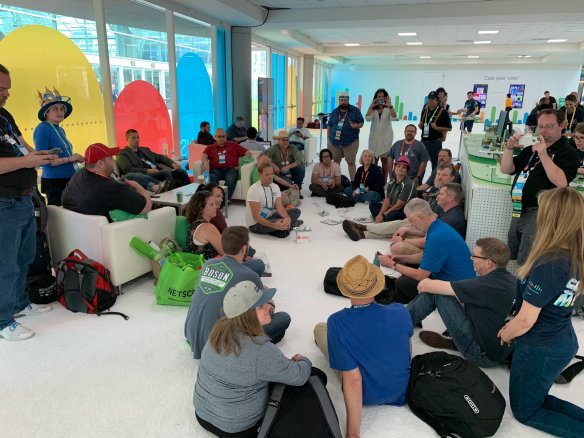Major Updates to Cisco Certifications Part IIII (CCIE)
The CCIE, now 25 years old, has always been the pinnacle of Cisco certifications. There has been a lot of buzz on the importance of certs, and the CCIE, in the “new” era. For that reason, it’s more important than ever that the CCIE gets updated and stays current.
With Cisco’s new announcements, what is changing with the CCIE?
The first thing to mention, for those that already have a CCIE, is that the recert cycle is now being changed to match the other certs such as CCNA and CCNP, so that the recert cycle is 3 years. This means that the suspended status is gone. The cert is now valid for 3 years and there is no suspended status. This means that you need to keep track of your date because there is no “grace period”, after 3 years, if you miss to recert, you’re out! This also means that effective 24 February 2020, if you are still active or suspended, you get an extra year “for free” and you will be a active CCIE to your new expiration date.
Because the recert cycle is now 3 years, you will need to get 120 CE credits instead of 100, Continue reading




